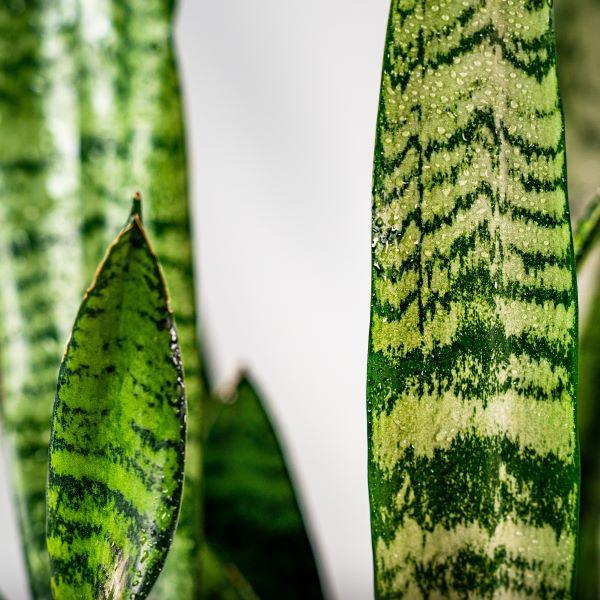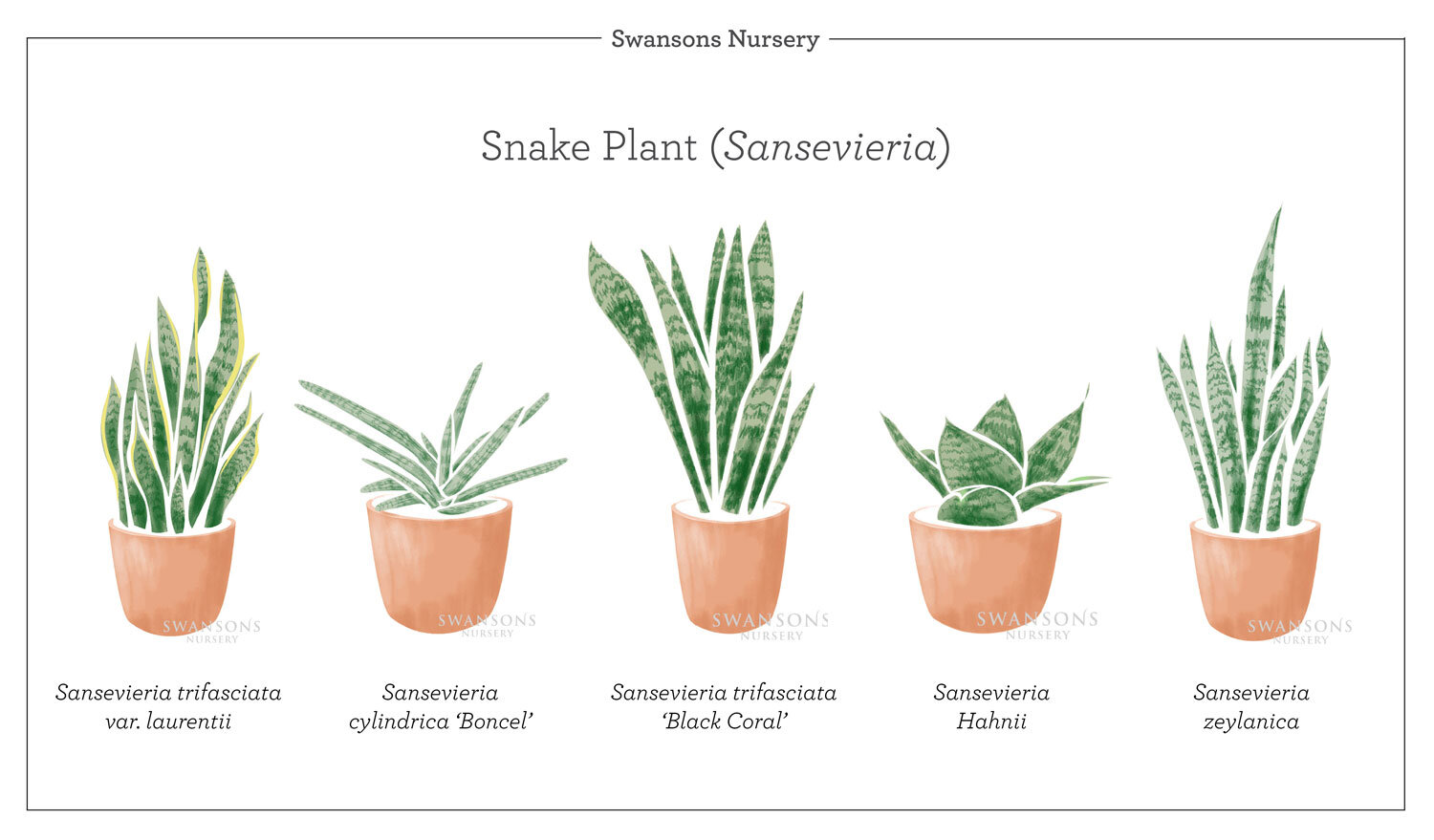Getting The Snake Plant Leaves Turning Yellow To Work
Wiki Article
The Best Strategy To Use For Snake Plant Leaves Turning Yellow
Table of ContentsThe Only Guide for Snake Plant Leaves Turning YellowThe Single Strategy To Use For Snake Plant Leaves Turning YellowWhat Does Snake Plant Leaves Turning Yellow Do?Snake Plant Leaves Turning Yellow Fundamentals ExplainedTop Guidelines Of Snake Plant Leaves Turning Yellow
This should help revitalize those harmed locations so they can expand back once more! If your snake plant is growing in a location that receives extreme temperatures, this can cause leaves to divide. One of the most common root cause of this issue is when temperatures transform quickly. This can take place in summertime, when warm front strike or in winter months, when the temperature level drops below freezing.These signs and symptoms could additionally indicate that you have one more type of problem with your snake plant, such as root rot or overwatering (which are both covered later). If you have a serpent plant and the leaves are splitting, it may be because of a lack of humidity. The even more water vapor in the air, the a lot more humidity there is.
Insufficient: If there isn't adequate dampness in the air, your plant will dry faster than typical; this creates leaf splitting since its cells can't absorb water quickly enough - Snake Plant Leaves Turning Yellow. Ideally, you want your environment's humidity level to be in between 40 and 60 percent; if it's expensive, lower air flow by shutting doors or home windows; if it's too reduced and creating dry skin on leaves (or various other components), increase air flow as long as possible without allowing rainfall come right into contact with any component of your plantincluding dirt! If that occurs anyway regardless of all precautions taken against leaks/dampness outside where there exist openings such as doorways, then make use of a hygrometer (i, O6Cq, K6Y) which determines relative humidity within certain arrays so that when low readings take place periodically throughout hot summer months, etcetera yet typically not influencing development prices due to being within tolerable restrictions after that just adjust as necessary up until every little thing returns back again where required
They can be white, cottony pests and might look like small spheres of fluff. When you see them, it's an excellent concept to do away with them immediately due to the fact that they will promptly multiply if left without treatment. Mealy bugs can also indicate overwatering your serpent plant. If the roots are too damp for a prolonged period, this will create origin rot and fallen leave splitting because of lack of oxygenation in the dirt both causes for mealy pest problem! To get rid or stop this trouble from taking place once again just wash off any visible indications with soap and water (or utilize an insecticidal soap) every couple of weeks throughout spring/summer months when problems agree with for growth/mortality prices to enhance dramatically).
Snake Plant Leaves Turning Yellow for Dummies
It's additionally feasible that you're utilizing the incorrect potting mix or soil kind. One of the most common reasons for a splitting fallen leave is improper watering techniques, which causes roots to rot or become waterlogged. When this takes place at the base of the plant and afterwards continues upwards through the stem until it gets to a leaf nodea point where new fallen leaves split out from their parentthe trouble can be quickly taken care of by either repotting or hair transplanting into fresh dirt.
The University of Arkansas System Department of Agriculture does not promote, support or advise plants included Continue in "Plant of the Week." Please consult your neighborhood Expansion office for plants suitable for your region. If all houseplants were as difficult as the snakeplant, there would certainly be no reason for the foliage plant industry.
Well, perhaps that is an overstatement, yet short of submerging the origins in stagnant water for months at a time or an abrupt freeze when you neglect to bring it in from a winter season "sunning", it is nearly undestroyable. There are 2 typical versions of snakeplant, the green-leafed form has gray cross-bands.

How Snake Plant Leaves Turning Yellow can Save You Time, Stress, and Money.
Sansevieria is an excellent initial plant for children because its toughness imparts self-confidence, its slow-moving development shows patience and all kind of fascinating points can be finished with it. One of the usual names for sansevieria is bow-string hemp, extracted from the fact that Africans utilized the fibers from the plant to generate the strings for their bows.
since they were one of the plants, along with African Violets, that Woolworth shops marketed in the 1920's and 30's. The Florida foliage plant industry had its begin growing these plants for circulation to that chain. Snakeplants endure in around as reduced a light degree as you would experience in the home.
They don't need a whole lot of water and fertilization seems optional, at the very least when the plant is inside. If you desire your plant to expand, relocate to the patio in the summer season and offer it a periodic shot of plant food and an occasional watering. Keep snakeplants rootbound for finest effect.
The Only Guide to Snake Plant Leaves Turning Yellow
Houseplants expand much slower than they would in the wild. Depending on the size of find out your plant and the density of the origins, this is nice to do every 2-3 years to offer fresh nutrients and urge brand-new development. When to repot - Snake Plants have exceptionally solid roots and will start to essentially break out of its pot when it's time to repot.If you want your plant to remain the very same height, you can reuse the same pot and just change the dirt (Snake Plant Leaves Turning Yellow). If the last is the case, you might need to divide some of the stalks of your Snake Plant, as they probably will no more all suit the pot
Location the plant in the center of the pot, add brand-new dirt and rub down securely. Water the dirt thoroughly and put the plant in an area with bright indirect light. Your plant will certainly take 2-4 weeks to work out from the shock and get used to its new home.

The Basic Principles Of Snake Plant Leaves Turning Yellow
You can grow each one into an individual pot or group a number of together in a solitary large pot for a bolder effect and even grow some in the yard. A. I understand how the sight of what is certainly also numerous little fruits covering a little tree can difficulty a gardener, but it is rarely needed to slim citrus fruit.I would certainly remove any kind of undesirable fruit by the time it reaches the dimension of a walnut. Ottillia "Toots" Bier has actually been a UC Cooperative Extension master gardener since 1980. Send out comments and inquiries to.
Report this wiki page